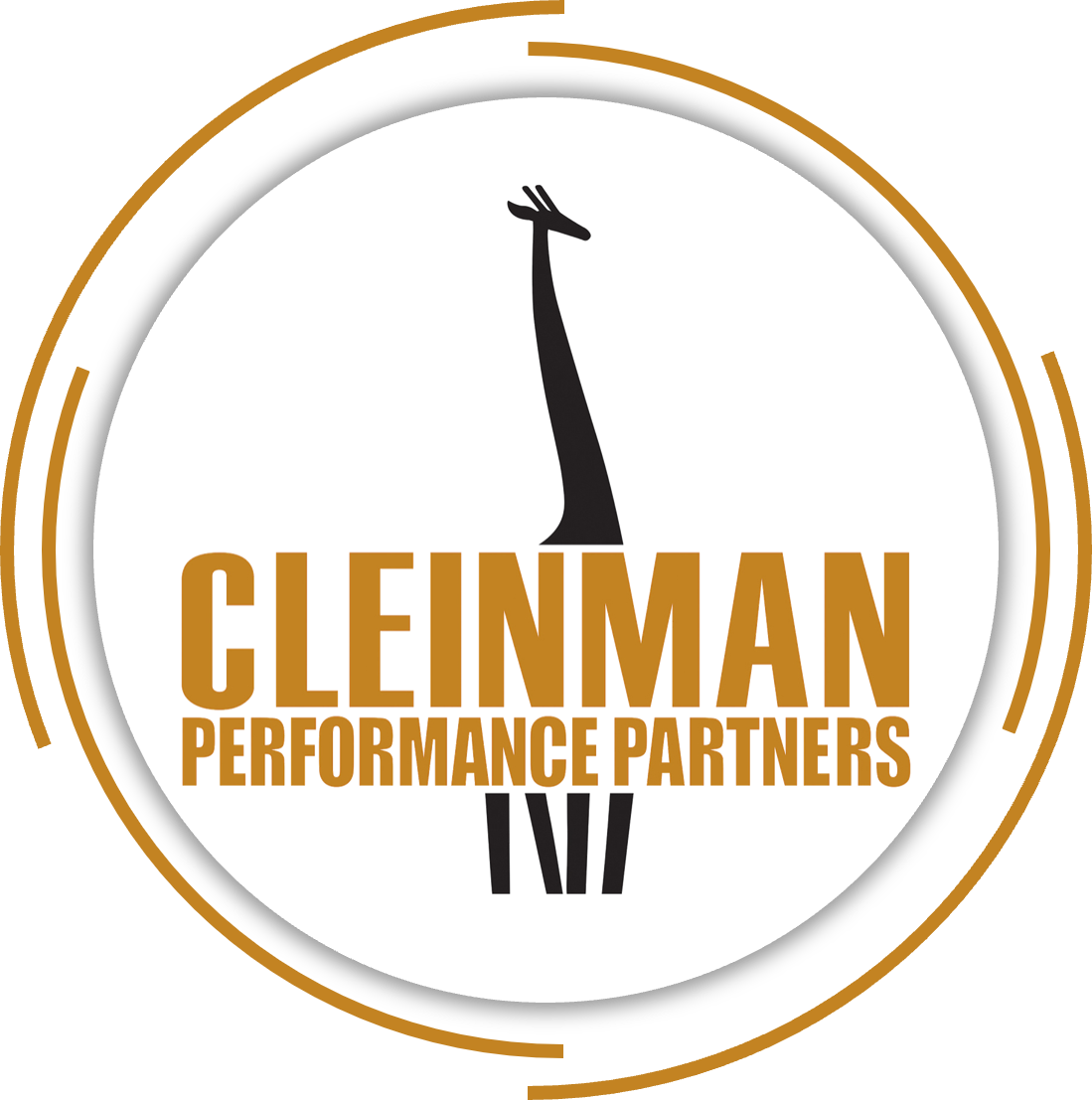As VSP gets firmly into bed with Luxottica resulting from the addition of Pearle Vision as providers, it seems logical that there’s a strategy behind the tactic. What might it be?
Having closely observed both firms’ leadership and the eye care landscape for many years, I offer up the following:
• Luxottica just wants to sell frames. They became a brand management company to sell frames. Their entre into retail was to sell frames. Their development of EyeMed was to sell frames. They’re eyewear sales geniuses. It’s the business they know and love.
• VSP is an insurance company. They think and act like an insurance company. They acquired Marchon and its cadre of businesses as a means of enhancing the value of their insurance product. They care not for providers because they know that when one controls (or seemingly controls) the patients, you control the providers. Warren Buffet earned his wealth from insurance … there’s a lesson there.
VSP and Luxottica (EyeMed) are locked in a “Battle Royale,” each trying to out-maneuver the other for the business of employer groups. This competition is driving pricing to record lows. VSP, having over-paid for Marchon and now seeking the long dollar to make up for eroding margins, has gone direct-to-consumer with the sale of individual vision plans. In the process, they’re telling the consumer that their own providers are ripping the consumer off.
Enter commoditization and the Internet delivery of eyewear. The consumer is being educated that a pair of eyeglasses is nothing complex. That an eye exam can be delivered at a kiosk in the mall. That for $99 you can buy a pair of eyewear and give one to someone in need at the same time. And if you’re unsure of what you want, we’ll send you five pair to try them out. No fuss. No muss. Easy-peezy.
Providers — who used to rely upon full- or near-full-paying patients to balance out the ridiculously poor fees paid by vision plans — are struggling to maintain margins. Countless have stopped investing in new technology and office/team upgrades as a result. The end-game is that the standard of care will erode as providers can’t maintain investments in new technologies. Enter consolidators, grabbing up ECPs at a frenetic pace. While independent ECPs have largely succeeded at the profession of optometry, many are failing at the business side.
So what’s my crystal ball say?
Consider that this Pearle thing is just the tip of the iceberg. VSP and Luxottica are both horse-traders. VSP will ultimately add all Luxottica locations as providers to further enhance their “provider in every port, 12/7” strategy. As a quid-pro-quo, Luxottica will then trade EyeMed for Marchon and, perhaps, even VSP’s lab network. Luxottica will become VSP’s exclusive supplier and completely control both its supply chain and that of VSP’s independent providers. As a result, Luxottica will latch onto VSP’s 60 million covered lives (not a bad deal: trade 30 million lives for access to three times as many).
With this move behind them Luxottica will begin acquiring the acquirers. These middle-market players have been snapping up individual and small multi-location practices for the past five years. This is all simply a “bigger fish eats littler fish” evolution.
The end game? Luxottica gets to sell more frames. VSP gets to control the vision insurance space. Since the two are independent firms, this action eliminates the growing concern over the total vertical integration (read “anti-trust”) of these plans.

https://docs.justia.com/cases/federal/district-courts/ohio/ohsdce/1:2014cv00581/172972/23